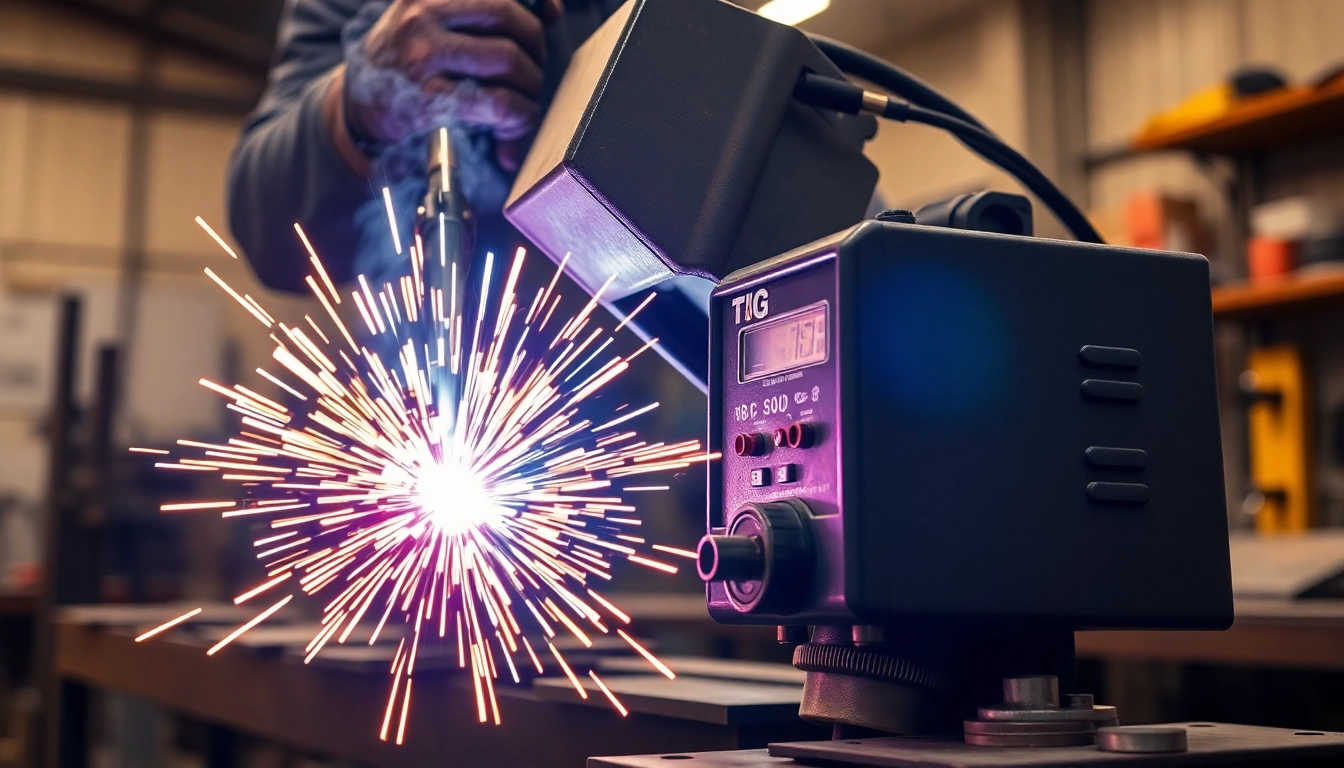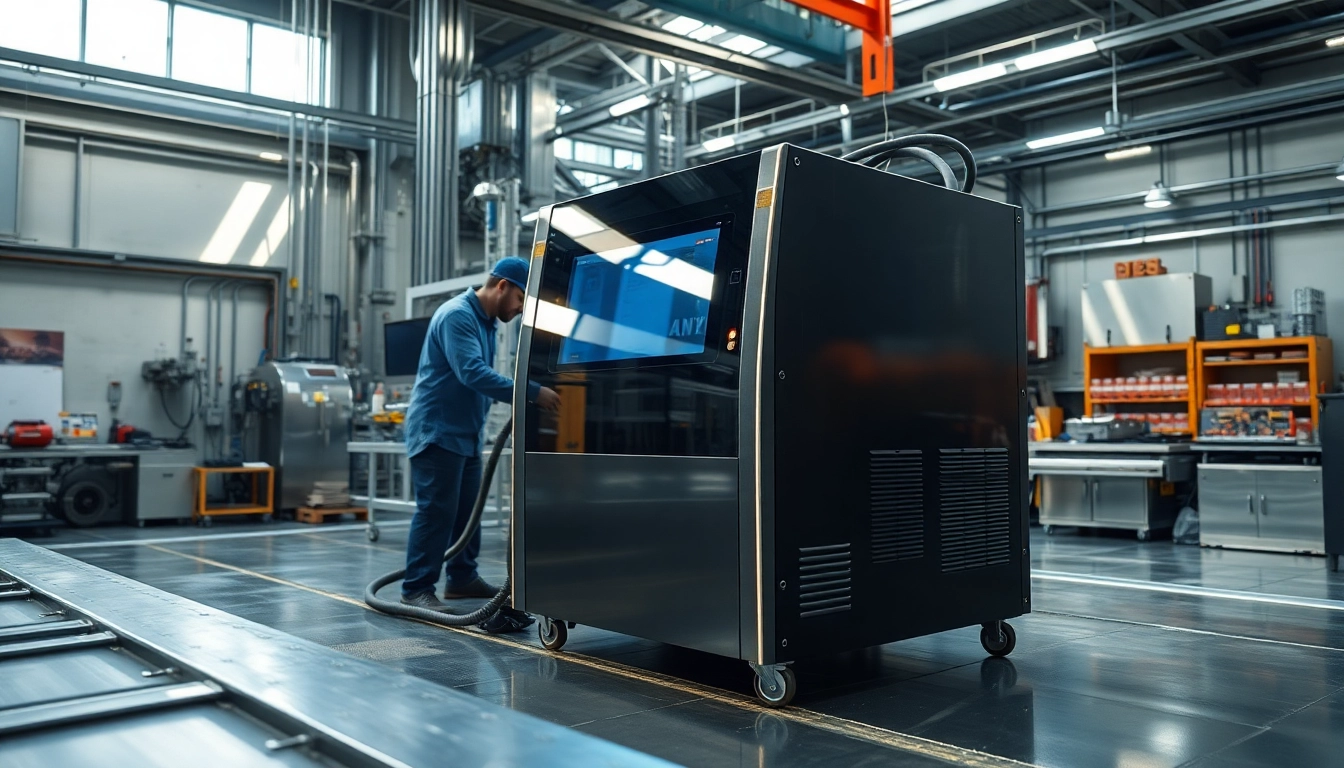Understanding Infusion Resins
Infusion resins are specialized materials tailored for advanced composite manufacturing processes. These resins exhibit unique characteristics that make them particularly suitable for various applications, from aerospace engineering to automotive production. By utilizing infusion resins, manufacturers can achieve improved mechanical performance, enhanced clarity, and controlled flow, making them an invaluable asset in contemporary manufacturing environments. They enable the infusion process—where a resin is drawn into a fabric laminate, creating high-strength components—through a vacuum system that efficiently eliminates air and ensures complete wet-out of the reinforcement materials. In this article, we delve deep into the world of infusion resins, exploring their properties, applications, best practices, and the future of resin technology. If you’re keen on understanding how infusion resins help shape advanced composite manufacturing, keep reading.
What Are Infusion Resins?
Infusion resins are specially formulated synthetic polymers designed for use in the resin infusion process, a technique highly regarded for its efficiency and ability to produce high-quality composite materials. These resins are characterized by their low viscosity, allowing them to flow easily through composite layers, ensuring even distribution and thorough saturation of reinforcement fibers. This property is vital for eliminating air pockets and achieving optimal bond strength between fibers and resin, resulting in high-performance composites.
Infusion resins can be categorized into several types, including epoxy, polyester, and vinyl-ester resins. Each type offers specific advantages, such as superior temperature resistance, flexibility, or enhanced chemical resistance, catering to a wide range of industrial applications. Understanding the specific formulation and characteristics of the resin is essential for selecting the ideal type for a given application.
Importance in Composite Manufacturing
The importance of infusion resins in composite manufacturing cannot be overstated. They play a crucial role in enabling the production of lightweight, strong, and durable components used in various industries. Particularly in sectors such as aerospace and automotive, where performance and reliability are paramount, the use of infusion resins allows manufacturers to build parts that meet stringent safety and performance standards.
In addition to mechanical performance, infusion resins also allow for reduced production times and lower labor costs due to their automated processing capabilities. The infusion technique minimizes human error by allowing the resin to flow into the fabric under vacuum pressure, ensuring even saturation and consistency across the composite part. This streamlined approach not only improves efficiency but also enhances the overall quality of the finished product.
Key Properties and Benefits of Infusion Resins
Infusion resins offer an array of properties and benefits that contribute to their prevailing use in various industries. Key properties include:
- Low Viscosity: This facilitates easy flow through reinforcement layers, ensuring complete wetting and reliable composite formation.
- High Strength-to-Weight Ratio: Infusion resins enable the production of lightweight parts without compromising strength, making them ideal for applications requiring weight savings.
- Good Clarity: Many infusion resins produce clear components, which can be aesthetically important in consumer products.
- Sustainability Options: Advances in resin formulations have led to the development of eco-friendly and bio-based infusion resins, reducing the environmental impact of composite manufacturing.
The benefits of using infusion resins extend to their enhanced performance characteristics, which include superior adhesion, chemical resistance, and thermal stability. These attributes have made infusion resins the preferred choice for complex and demanding applications across multiple sectors.
Applications of Infusion Resins
Due to their unique properties, infusion resins are widely used across a variety of applications. Here, we will explore some of the prominent sectors benefiting from this innovative material.
Infusion Resins in Aerospace Engineering
The aerospace industry is at the forefront of adopting infusion resins due to the increasing demand for lightweight and durable materials. Modern aircraft components require materials that can withstand extreme temperatures and pressures while remaining lightweight. Infusion resins are capable of meeting these stringent requirements, making them indispensable in the creation of parts such as wing structures, fuselage components, and interior elements.
Resin infusion techniques allow for the production of complex geometries that traditional molding methods struggle to achieve. This capability enables innovative designs that enhance aerodynamic efficiency and structural integrity, contributing to overall aircraft performance and fuel efficiency.
Use in Marine and Automotive Industries
In the marine industry, infusion resins are employed to manufacture high-performance boat hulls and other critical components. The ability to produce lightweight yet stiff structures is crucial in this application, as performance and durability against harsh marine conditions are of utmost importance. Infusion resins enable shipbuilders to create components that not only save weight but also reduce drag, resulting in improved speed and fuel efficiency.
In the automotive sector, infusion resins play a significant role in manufacturing components such as body panels, underbody shields, and structural reinforcements. As manufacturers strive to enhance the efficiency and performance of vehicles, infusion resins allow for innovative designs that can reduce production costs while integrating advanced composite materials that enhance safety and durability.
Innovative Applications: Art and Design with Infusion Resins
Beyond industrial applications, infusion resins have also found a niche in the art and design world. Artists and designers leverage the unique properties of infusion resins to create stunning visual effects and intricate designs. The transparency and clarity of these resins allow for the integration of various materials, such as pigments and decorative elements, resulting in eye-catching sculptures, furniture pieces, and home decor items.
This innovative use of infusion resins represents an exciting intersection of technology and creativity, leading to unique artistic expressions and products that stand out in the marketplace. As the technology continues to evolve, we can expect to see even more diverse applications emerging in the arts and crafts communities.
Best Practices for Handling Infusion Resins
With the benefits of infusion resins come the challenges of handling and utilizing these materials effectively. Adhering to best practices is essential for ensuring successful outcomes in composite manufacturing. Below, we outline key considerations when working with infusion resins.
Storage and Safety Protocols
Proper storage of infusion resins is critical to maintaining their integrity and performance. These materials should be stored in a cool, dry place away from direct sunlight and moisture to prevent degradation. It is also important to check the expiration dates and follow the manufacturer’s guidelines for storage conditions.
When handling infusion resins, appropriate personal protective equipment (PPE) should always be worn. This includes gloves, safety goggles, and respirators where necessary, to prevent skin and respiratory exposures. Additionally, ensuring adequate ventilation in the workspace can mitigate risks associated with inhaling resin vapors and fumes.
Application Techniques for Optimal Results
Achieving optimal results with infusion resins requires precise application techniques. Prior to starting the infusion process, ensure that all materials, including reinforcements and resin systems, are thoroughly prepared. This includes cleaning surfaces to remove any contaminants and ensuring proper alignment of materials during assembly.
Monitoring ambient temperature and humidity levels during the infusion process is crucial, as these factors can significantly affect resin curing times and final properties. Implementing a well-structured infusion plan, including measuring the resin and hardener accurately, can help avoid common pitfalls and ensure a successful process.
Common Mistakes to Avoid with Infusion Resins
There are several common mistakes that can adversely affect the performance of infusion resins. One frequent error is not allowing enough time for the resins to cure fully. Under-curing can lead to poor adhesion and weakened structural integrity. Always adhere to recommended cure times and conditions.
Another common mistake is inadequate vacuum levels during the infusion process, which can lead to air pockets and incomplete wet-out of reinforcements. Regularly checking and maintaining vacuum pressure is essential to ensure a successful infusion outcome. Understanding and avoiding these pitfalls can result in significantly improved performance and longevity of composite structures.
Comparing Infusion Resins to Other Resin Systems
Infusion resins offer a distinct set of advantages when compared to other resin systems, such as traditional resins like polyester or vinyl-ester resins. This section explores crucial differences and performance metrics that underscore the merits of infusion resins in composite manufacture.
Infusion Resins vs. Traditional Resins
Infusion resins, particularly epoxy resins, stand out against traditional resins for their superior mechanical strength and adhesion properties. While traditional resins may be quicker to cure, they often lack the enhanced performance characteristics provided by infusion resins. Infusion resins cater to the high-performance needs of industries where strength, weight reduction, and durability are critical.
Additionally, infusion resins offer better chemical resistance compared to many standard resins, making them more suitable for demanding environments where exposure to harsh chemicals is a concern. This feature increases the lifespan of the composite parts made from these materials.
Performance Metrics: Strength and Clarity
One of the most significant differentiators of infusion resins is their ability to produce composites with superior mechanical properties. Infusion resins generally exhibit higher tensile strength, flexural strength, and impact resistance when compared to traditional resin systems. These qualities enable manufacturers to achieve the requirements set by performance-critical applications, particularly in aerospace and automotive sectors.
Clarity also remains a key attribute, especially in applications that require aesthetic appeal. Infusion resins can be engineered to achieve exceptional clarity, making them suitable for transparent components or elements in artistic applications where visual impact is essential.
Cost Effectiveness in Production
While infusion resins may have a higher upfront material cost compared to traditional resins, their long-term benefits often translate to greater cost-effectiveness in production. The efficiency of the infusion process allows manufacturers to reduce overall material waste and labor costs associated with manual layup techniques. Furthermore, parts fabricated with infusion resins often require less post-processing work, further contributing to reduced overall production costs.
Future Trends in Infusion Resins Technology
The future of infusion resins technology is promising, characterized by continuous advancements and innovations. As manufacturers and researchers explore new formulations and applications, several key trends are expected to shape the industry moving forward.
Advancements in Eco-friendly Resin Formulations
With growing environmental concerns, the demand for eco-friendly resin formulations is on the rise. Many manufacturers are now investing in research to produce bio-based infusion resins that reduce reliance on fossil fuels and minimize environmental impact. These sustainable options not only contribute to a greener production process but also appeal to consumers who prioritize eco-conscious materials in their purchases.
The development of eco-friendly infusion resins has the potential to enhance market acceptance and broaden the applications of composite materials into sectors that require sustainability considerations.
Emerging Technologies Impacting Infusion Resins
Technological advancements in automation, artificial intelligence, and materials science are poised to revolutionize the infusion resin landscape. Enhanced automated infusion systems can lead to improved efficiency and precision in the manufacturing process, minimizing human error and enhancing quality control. The integration of AI can facilitate real-time monitoring and adjustment of curing parameters, leading to even more reliable outcomes.
Moreover, innovations in 3D printing technologies that incorporate infusion resins are enabling the creation of bespoke composite parts, providing opportunities for further customization and performance optimization.
Regulatory Trends and Compliance in Resin Manufacturing
As the composite industry evolves, so too does the regulatory landscape governing the use of chemical materials, including infusion resins. Increased scrutiny regarding worker safety, environmental standards, and sustainability practices will necessitate compliance and adaptation from manufacturers. Staying ahead of regulatory changes will be critical for businesses to maintain competitiveness while ensuring the safety of workers and the environment.
Addressing these regulatory challenges may lead to investment in cleaner technologies and processes, positioning companies as responsible leaders in sustainable manufacturing.
In conclusion, infusion resins represent a vital component in modern composite manufacturing, offering a unique blend of strength, versatility, and operational efficiency. Their applications span diverse industries and innovative uses continue to evolve. By understanding their properties, best practices, and staying abreast of technological advancements, manufacturers can harness the full potential of infusion resins to drive innovation and enhance product performance.



